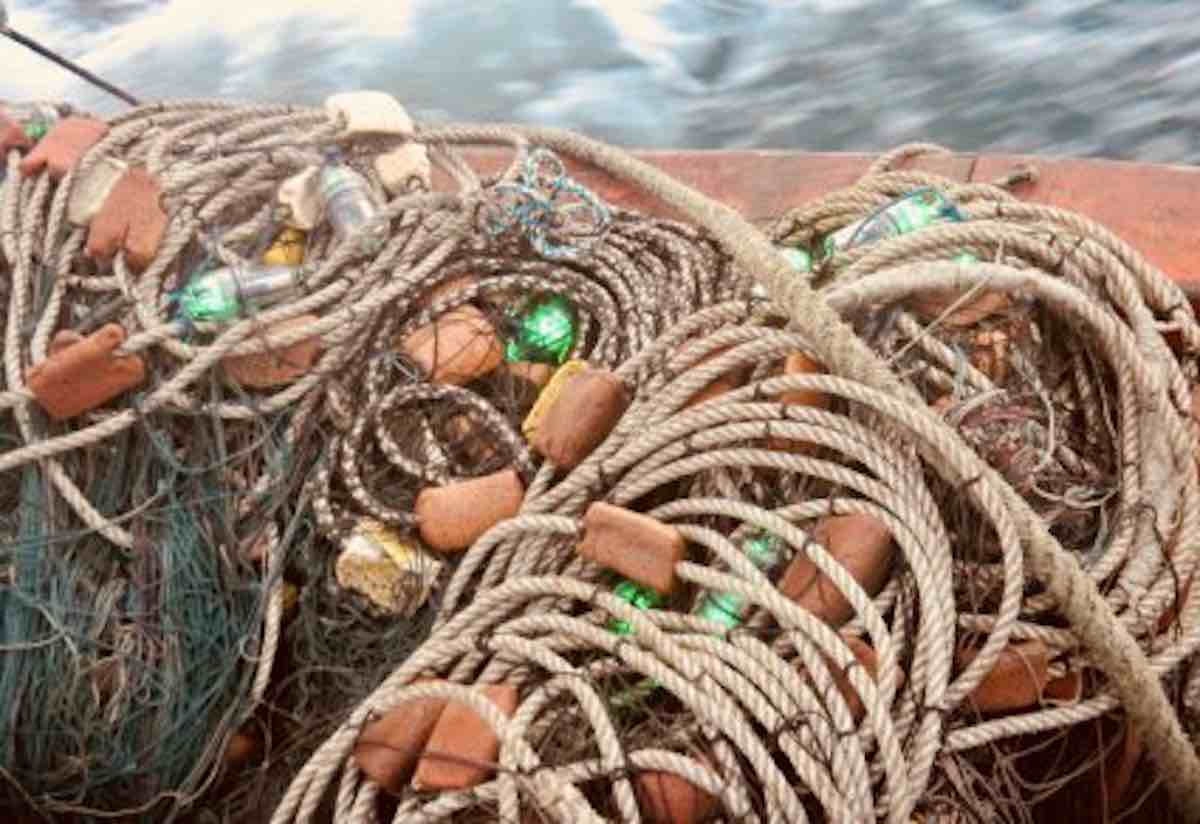Illuminating fishing nets with low-cost lights could reduce the impact that they have on seabirds and marine-dwellers by more than 85%, new research has shown.
A team of international researchers has shown the number of birds caught in gillnets can be drastically reduced by attaching green battery-powered light-emitting diodes (LEDs).
For the study, the researchers led by Dr Jeffrey Mangel from the University of Exeter compared 114 pairs of gillnets – which are anchored in fixed positions at sea and designed to snare fish by the gills – in fishing waters off the coast of Peru.
They discovered that the nets fitted with the LEDs caught 85% fewer guanay cormorants – a native diving bird that commonly becomes entangled in nets – compared with those without lights.
RELATED: How Technology Has Revolutionized Hair Loss Solutions
Coupled with previous research conducted by the same team, that showed LED lighting also reduced the number of sea turtles caught in fishing nets by 64%, the researchers believe the lights offer a cheap, reliable and durable way to dramatically reduce the capture and death of birds and turtles, without reducing the intended catch of fish.
The research is published in the Royal Society journal Open Science on Wednesday, July 11 2018.
“We are very encouraged by the results from this study,” said lead author Dr Mangel. “It shows us that we may be able to find cost-effective ways to reduce bycatch of multiple taxa of protected species, and do so while still making it possible for fishers to earn a livelihood.”
LOOK: People Have Passively Planted Over 30 Million Trees Simply by Surfing the Web
Peru’s gillnet fleet comprises the largest component of the nation’s small-scale fleet and is conservatively estimated to set 100,000km of net per year in which thousands of turtles and seabirds become entangled.
The innovative study, carried out in Sechura Bay in northern Peru, saw the LED lights attached at regular intervals to commercial fishing gillnets which are anchored to the bottom of the water. The nets are left in situ from late afternoon until sunlight, when the fishermen collect their haul.
The researchers used 114 pairs of nets, each typically around 500-metres in length. In each pair, one was illuminated with light-emitting diodes (LEDs) placed every ten metres along the gillnet floatline. The other net in the pair was the control and not illuminated. The control nets caught 39 cormorants, while the illuminated nets caught just six.
MORE: Researchers Have Finally Created Simple Eco-Friendly Machine That Recycles Used Diapers
A previous study, using the same LED technology, showed they also reduced the number of sea turtles also caught in gillnets. Multiple populations of sea turtle species use Peruvian coastal waters as foraging grounds including green, olive ridley, hawksbill, loggerhead and leatherback.
Professor Brendan Godley who is an author of the study and Marine Strategy Lead for the University of Exeter, said: “It is satisfying to see the work coming from our Exeter Marine PhDs leading to such positive impact in the world. We need to find ways for coastal peoples to fish with the least impact on the rest of the biodiversity in their seas.”
(Source: University of Exeter)
Be Sure And Share The Good News With Your Friends – Photo by ProDelphinus / University of Exeter




















